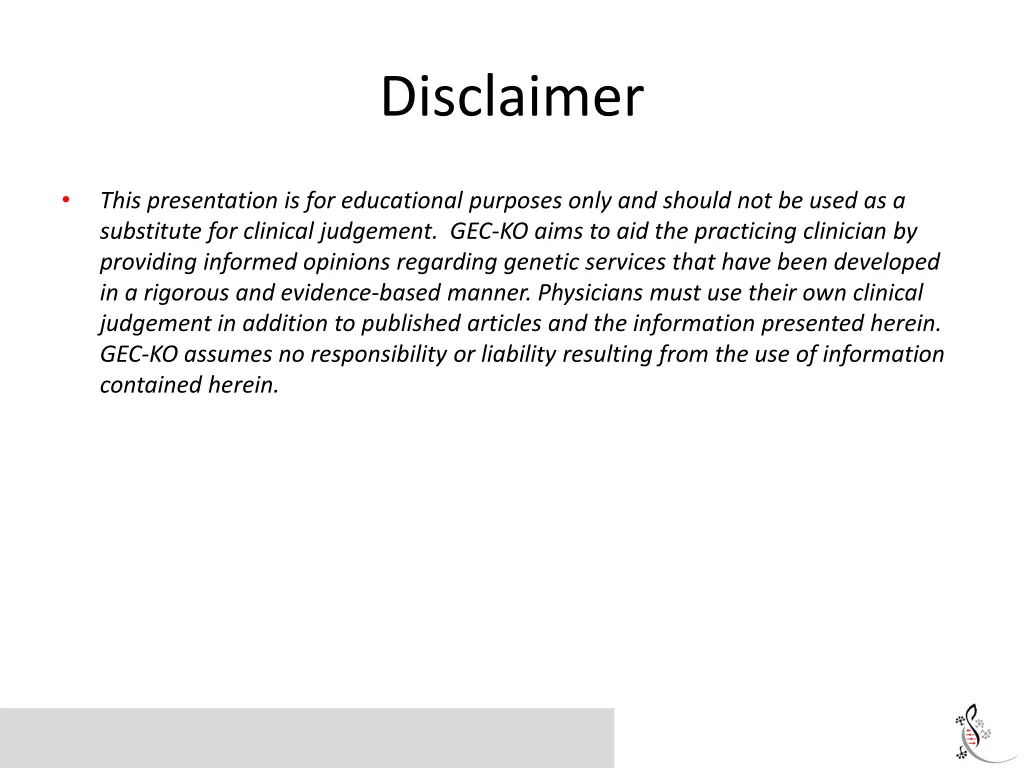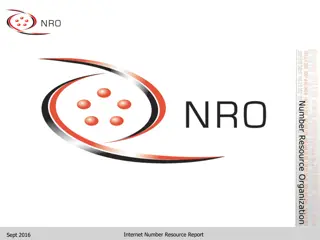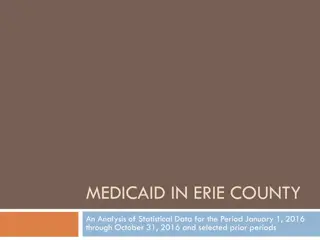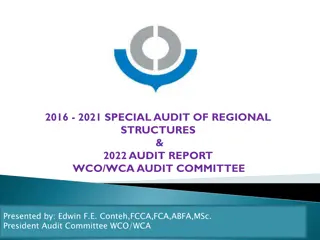
Understanding Long QT Syndrome
Learn about Long QT Syndrome, an inherited heart disorder that can lead to sudden cardiac death. Discover the clinical features, risk factors, and the role of healthcare providers in identifying and managing this condition effectively.
Uploaded on | 2 Views
Download Presentation

Please find below an Image/Link to download the presentation.
The content on the website is provided AS IS for your information and personal use only. It may not be sold, licensed, or shared on other websites without obtaining consent from the author. If you encounter any issues during the download, it is possible that the publisher has removed the file from their server.
You are allowed to download the files provided on this website for personal or commercial use, subject to the condition that they are used lawfully. All files are the property of their respective owners.
The content on the website is provided AS IS for your information and personal use only. It may not be sold, licensed, or shared on other websites without obtaining consent from the author.
E N D
Presentation Transcript
Disclaimer This presentation is for educational purposes only and should not be used as a substitute for clinical judgement. GEC-KO aims to aid the practicing clinician by providing informed opinions regarding genetic services that have been developed in a rigorous and evidence-based manner. Physicians must use their own clinical judgement in addition to published articles and the information presented herein. GEC-KO assumes no responsibility or liability resulting from the use of information contained herein.
Long QT syndrome Developed by Ms. Shawna Morrison, Dr. Judith Allanson and Dr. June Carroll (2016)
Objectives Following this session, for each of the topics discussed, the learner will be able to: Identify patients for whom referral to genetics or other specialty and/or consideration of genetic testing is appropriate Discuss and address patient concerns about the genomic technology and genetic contribution to the illness Find high quality genomics educational resources appropriate for primary care
Long QT syndrome (LQTS) Pearls One of several inherited heart disorders that can lead to sudden cardiac death Treatable if diagnosed The ECG is neither sensitive nor specific for LQTS A QTc 500ms is considered high risk for LQTS Individuals with clinical features (e.g. syncope, repeat corrected QT interval of >450ms for men and >470ms for women) should be referred to both cardiac arrhythmia and genetics specialists for assessment Family physicians play a crucial role in identifying individuals with suspected LQTS and referring first degree relatives of those with confirmed or suspected LQTS diagnoses
Case 1: John A healthy 20-year-old male Finishing up police foundations program at local college Successfully applied for and was offered employment with provincial police force One of the final requirements is a medical assessment John s ECG shows a corrected QT interval (QTc) of 500ms You repeat the ECG and the QTc is 480ms
What is long QT syndrome? Involves cardiac ion channels resulting in prolongation of the ventricular action potential during cardiac repolarization (i.e. prolonged QT interval on electrocardiogram) Trademark event is the potentially lethal ventricular dysrhythmia called torsades de pointes Can precipitate syncope, seizures or sudden death depending on whether rhythm spontaneously reverts to sinus or patient is defibrillated Treatable if diagnosed It occurs in approximately 1 in 2,000 to 1 in 2,500 people
What do I need to know about the genetics of long QT syndrome? Most forms of long QT syndrome (LQTS) are hereditary LQTS can also be acquired due to causes such as: Medical conditions e.g. anorexia nervosa Medications e.g. erythromycin or citalopram
What do I need to know about the genetics of long QT syndrome? Most forms of long QT syndrome (LQTS) are hereditary LQTS is usually autosomal dominant First degree family members have a 50% risk to be affected LQTS 50% risk 50% risk 25% risk 50% risk 50% risk
What do I need to know about the genetics of long QT syndrome? Most forms of long QT syndrome (LQTS) are hereditary LQTS is usually autosomal dominant At least 15 genes have been implicated Genes are generally involved in or associated with cardiac potassium and sodium ion channels The 3 most common genes are: LQT1 (KCNQ1) encodes potassium channel subunits LQT2 (HERG, KCNH2) encodes potassium channel subunits LQT3 (SCN5A) encodes sodium channel subunits
Red flags which should prompt referral to cardiac arrhythmia and genetics specialists for assessment
Red flags which should prompt referral to cardiac arrhythmia and genetics specialists for assessment Triggers: Excluding events that are likely due to vasovagal events is difficult but necessary Repetitive events more concerning Events may occur from infancy through middle age but are most common from the pre-teen years through the 20s Physical exertion Auditory stimuli e.g. fire alarm Emotional stress/distress
Red flags which should prompt referral to cardiac arrhythmia and genetics specialists for assessment Attention to: Unexplained death during swimming Death during seizures A family history of "seizure" disorders and other unexplained deaths
Red flags which should prompt referral to cardiac arrhythmia and genetics specialists for assessment On repeated 12-lead ECG A prolonged QT interval is associated with an increased risk of torsade de pointe
QT interval c Normal QTc is between 350-440 ms Borderline QTc: 440-470 men, 460-480 women (Up to 15% of population have borderline QT) QTc > 500 is highly suspicious for LQTS and high risk for torsades de pointes QT interval is a fluid measurement Prolonged by LVH, ischemia or infarction, electrolyte abnormalities (hypo K, Mg, Ca), ketoacidosis, anorexia nervosa, diurnal variation (longer during sleep), medications Overlap in QTc between healthy and genetically confirmed LQTS ~25% of individuals with a known gene mutation will have a normal QTc on baseline ECG (reduced penetrance)
QTc comparison Johnson and Ackerman Br J Sports Med 2009
Red flags which should prompt referral to cardiac arrhythmia and genetics specialists for assessment
How is the genetic testing done? Genetic testing is usually done with multi-gene panels using next-generation sequencing (NGS) NGS describes the approach to identifying genetic variation within many genes or many samples at the same time NGS identifies variation in a DNA sequence by utilizing the human genome as a reference and comparing that to a given patient sample
Resources on Next-Generation Sequencing Genomic Sequencing 101 www.evanshealthlab.com | YouTube - DocMikeEvans
How is the genetic testing done? Genetic testing is by multi-gene panels using next-generation sequencing (NGS) Panels will have 5 to 14+ genes Individuals with family history of a known mutation, will only be offered targeted mutation analysis for that mutation Turnaround time varies usually from 4-12 weeks depending on the laboratory and panel size
What do the genetic test results mean? Positive test result: Pathogenic gene mutation found Individual has an increased risk for cardiac events Individuals at higher risk for events are those with: High QTc History of syncope or cardiac arrest <7 years of age Certain gene mutations (genotype-phenotype correlation)
What do the genetic test results mean? Positive test result: Pathogenic gene mutation found Individual has an increased risk for cardiac events Management recommendations can be applied Pharmacology, e.g. beta-blockers Implantable cardioverter defibrillators (ICD) Avoidance of competitive sports and electrolyte imbalances Avoidance of QT-prolonging medications www.crediblemeds.org
What do the genetic test results mean? Positive test result: Pathogenic gene mutation found Individual has an increased risk for cardiac events Management recommendations can be applied First degree family members have a 50% chance of having the same gene mutation (autosomal dominant) and a similar risk for cardiac events (family screening)
What do the genetic test results mean? Negative test results Familial mutation not found True negative No further testing indicated Reassurance for offspring
What do the genetic test results mean? Negative test results Affected individual, no mutation identified and no known familial mutation This result is uninformative In the absence of another explanation for long QTc (e.g. medication, electrolyte imbalance) first-degree family members should still have cardiac screening Approximately 20% of families with a clinically firm diagnosis of LQTS do not have a detectable pathogenic variant in one of the fifteen genes known to be associated with LQTS
What do the genetic test results mean? Variant of uncertain significance (VUS) Gene change that has not yet been categorized as benign or as pathogenic The diagnosis of hereditary long QT syndrome is neither confirmed nor ruled out Some variants may be interpreted as likely pathogenic , generally meaning greater than 90% certainty of being disease- causing First-degree family members may be offered genetic testing and subsequent screening if testing is positive
Case 1: John John s corrected QTcs were 500ms and 480ms John s family history is significant d.34 Drowning John SIDS
Case 1: John John is not on any medications and no pre-existing medical condition explains the prolonged QT interval You refer John to an arrhythmia specialist and to your local genetics clinic for assessment You suggest he speak to relatives about relevant medical records prior to these appointments e.g. autopsy reports on nephew who died from SIDS, father s drowning You and John discuss the possibility of alternative career options
Long QT syndrome (LQTS) Pearls One of several inherited heart disorders that can lead to sudden cardiac death Treatable if diagnosed The ECG is neither sensitive nor specific for LQTS A QTc 500ms is considered high risk for LQTS Individuals with clinical features (e.g. syncope, repeat corrected QT interval of >450ms for men and >470ms for women) should be referred to both cardiac arrhythmia and genetics specialists for assessment Family physicians play a crucial role in identifying individuals with suspected LQTS and referring first degree relatives of those with confirmed or suspected LQTS diagnoses






















